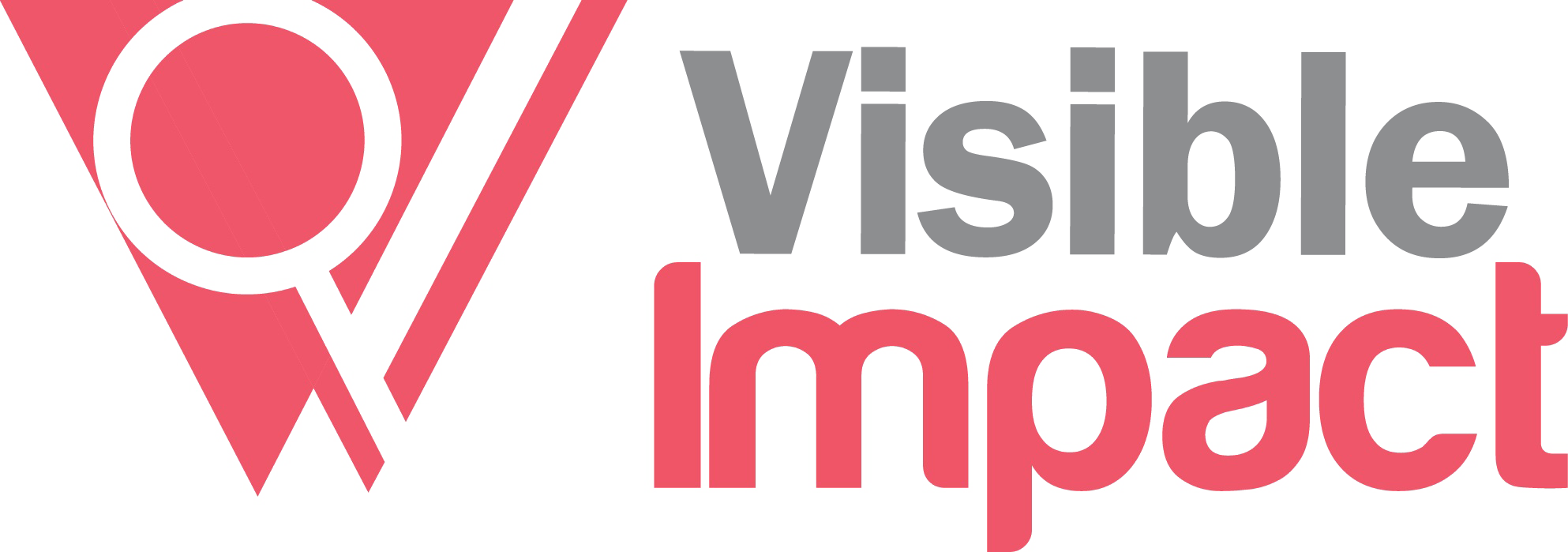"What needs to be done for healthier menstruation?"
.jpg
)
Menstruation or period or menses, is a biological process of conventional and natural discharge of blood and layers of endometrium from the uterus due to the various actions of hormones. But in developing countries like ours, menstruation is impure, shameful and mucky. Menstruation, as culturally explained are those days of the month when women are bound to stay within a room, aren’t allowed to access all the ethnically and traditionally valuable things and will have to perpetuate themselves as impure. But, is it actually significant to consider menstruation negative when all biological processes are regarded as miraculous events? The prevailing tranquility over menstruation at an individual level or a more basic level embodies volumes of queries and ignorance leading cracks and crevices to the women empowerment and development plans and policies. Many females, grown up or not, are actually unaware about what menstruation actually is and this is the major reason why people feel shameful about it. The Ministry of Health, Ministry of water and sanitation, various INGOs and NGOs need to collaboratively work to disseminate the actual proper and correct information on menstruation. MHM is a wide-ranging issue with a multisector involvement and the stakeholders for proper hygiene maintenance during menstruation involve females, males, families, communities, educators, teachers, social workers and plan-makers because menstruation in Nepalese rural areas, has been a topic shameful to discuss and hence unnecessary to comprehend. But menstruation hygiene, being an important part of sexual and reproductive health rights, needs abundance of awareness, explanations and positive participations. The challenges to Menstruation Hygiene Management are numerous because menstruation is interpreted in a variety of ways in different societies but the most important of all are the lingering stigmas and taboos in the community, confined access to period friendly and sanitary materials, poverty, uncommonness in use of clean and private toilets, scant knowledge on hygiene management during menstruation and lack of proper information and flexibility towards the natural character of menstruation. Gender bias and belief on traditional ways of management of menstruation is yet another reason why menstruation should be talked of more often and louder. Therefore, a will to change and perceive menstruation as a normal biological process is the first step to healthy menstruation . People must be heedful of how proper sanitation maintenance in period can help promote a better sexual and reproductive health, which ultimately ensures a proper women health because more than half of the diseases that affect and kill women simply begin from poor sanitation and unmanaged sexual and reproductive health. For this, each individual should contribute in circulating the knowledge of menstruation; every family should respect women and treat their needs of hygiene and sanitation properly. Government, INGOs and NGOs must repetitively plan projects to financially help women of poor economic statuses to access sanitary materials. Gender disparity is not the only reason why women have always preferred to hide behind the masculine physique, but the prevailing negativity of sanitary issues too contributes equally. Hence menstruation hygiene must be managed with equal importance.
